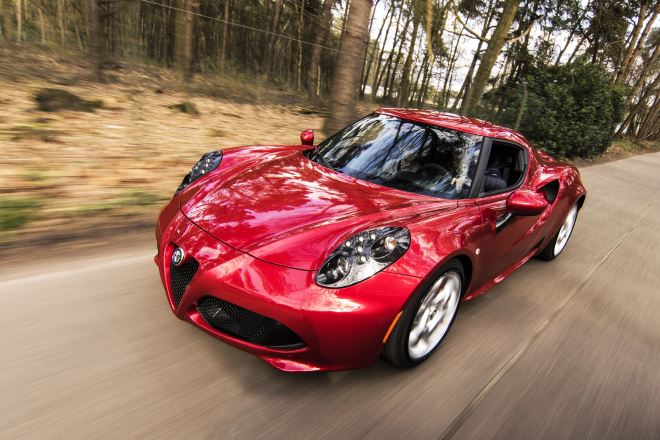Shifting Gears: The Intriguing World of Continuously Variable Transmissions
Introduction: Imagine gliding seamlessly through traffic, your car engine humming smoothly as you effortlessly shift gears without the abrupt pause in power delivery. Welcome to the world of Continuously Variable Transmissions (CVT), a fascinating automotive technology that is changing the dynamics of driving comfort.

The Genesis of CVT
Continuously Variable Transmission isn’t a novel concept. Its roots can be traced back to the late 15th century when Leonardo Da Vinci first drafted a stepless continuously variable transmission. However, it wasn’t until the late 20th century that CVT began to feature in mainstream automotive engineering. The allure of CVT lies in its simplicity and the promise of a seamless, efficient driving experience.
The Mechanics Behind CVT
In contrast to conventional transmissions, which offer a fixed number of gear ratios, a CVT provides a seemingly infinite spectrum of ratios. This is achieved through a system of pulleys and belts that adjust dynamically according to the engine’s needs. The result is a smoother driving experience, devoid of the noticeable shifts in power and speed that accompany traditional gear changes.
Current Trends: CVT in Today’s Auto Industry
The use of CVT technology has been gradually increasing over the past decade. It’s especially prevalent in compact cars and sedans, where smooth ride quality and fuel efficiency are key selling points. Many leading manufacturers, including Nissan, Honda, and Subaru, have embraced CVT technology, integrating it into numerous models across their vehicle line-up.
The Impact of CVT: Pros and Cons
The primary advantage of CVT is its potential for improved fuel efficiency. By continuously adjusting gear ratios, CVT allows the engine to operate at its most efficient RPM for a range of vehicle speeds. However, CVTs aren’t without their drawbacks. Many drivers miss the familiar feel of gear shifts, and CVTs can struggle with high torque loads, making them less suitable for performance or heavy-duty vehicles.
Looking Forward: The Future of CVT
Despite some challenges, the future of CVT looks promising. With ongoing innovation and technology improvements, CVT’s limitations are being addressed. The emergence of advanced CVT designs, like the chain-driven CVT, are offering greater torque handling capabilities. As the automotive industry continues to prioritize efficiency and smooth ride quality, the role of CVT is poised to grow.
In a world where driving comfort and fuel efficiency are increasingly valued, CVT offers a unique solution. It’s a testament to the adaptability and innovation of automotive engineering, a field that continues to evolve and surprise us with its ingenuity. As we look ahead, it’s clear that CVT will be a significant player in shaping the future of our driving experiences.
